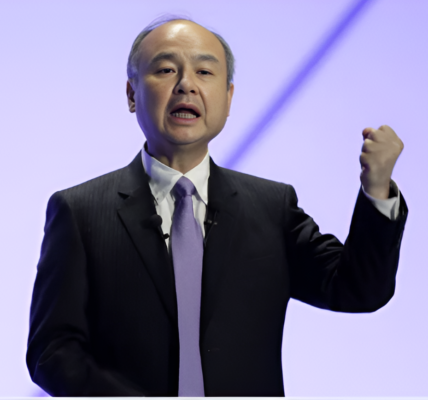
This weekend, a Google executive is set to visit Cuba, exploring ways to improve the island’s Internet access—a critical move amid the U.S.-Cuba thaw under President Obama. The company has reportedly made a proposal to the Cuban government, signaling growing interest from U.S. tech companies in investing in Cuba’s nascent digital infrastructure.
Brett Perlmutter, a senior member of Google’s Google Ideas unit, will join a delegation of U.S. business leaders for a five-day trip to Havana. The group’s primary focus will be to assist Cuba in realizing its goal of expanding Internet access, with the Cuban government aiming to provide universal connectivity by 2020.
Currently, only about 5% of Cuba’s population has regular access to the Internet, and even cell service is often slow or nonexistent in many areas. Google is known for pioneering alternative methods of providing internet connectivity, such as its Project Loon, which uses high-altitude balloons to deliver internet to remote areas, and Google Fiber, which offers affordable, high-speed broadband in select U.S. cities.
The visit follows relaxed restrictions on telecommunications exports to Cuba under Obama’s policy shift, which has opened up a more favorable environment for companies like Google to engage with the Cuban market. The government-owned telecom company ETECSA and various other tech firms are also expressing interest in upgrading Cuba’s telecommunications infrastructure.
During their trip, Perlmutter and his colleagues will meet with Cuban officials, local entrepreneurs, and economists from the University of Havana’s Center for the Study of the Cuban Economy. These discussions aim to give participants a deeper understanding of Cuba’s unique challenges and opportunities in developing its digital networks.
Google’s involvement in Cuba is not new. Eric Schmidt, the company’s executive chairman, visited the island last summer, after which Google began offering Cubans its lightweight Chrome browser. The company’s Google Ideas division, led by Jared Cohen (a former State Department official and co-author of The New Digital Age), is keen on solving global tech challenges, including Cuba’s connectivity issues.
The trip, organized by the Council of the Americas, marks a significant milestone in Cuba’s digital future. Yet, while tech companies are eager to engage, the realities of operating in Cuba remain complex. Many U.S. firms are still cautious, considering the country’s unique political climate and its past as a target of U.S. sanctions.
Despite the risks, the potential rewards are clear. The Cuban market—while small—is untapped, and its digital landscape offers fertile ground for growth. Cuba’s 11 million people are largely excluded from the digital revolution that has reshaped much of the world, making any step toward connectivity an immensely symbolic achievement. For companies like Google, helping connect Cuba could be both a commercial opportunity and a monumental endeavor.
However, some caution that the Cuban government’s approach to liberalizing its Internet may be slower than anticipated. While the U.S. government has removed Cuba from its list of state sponsors of terrorism, allowing for greater collaboration, many experts predict that real change will be gradual. As Jose Luis Martinez of the Foundation for Human Rights in Cuba puts it, “This is going to be a long, drawn-out process—it isn’t going to happen overnight, and it will be on the Cuban government’s terms.”
Even with these uncertainties, the allure of Cuba’s untapped potential remains, drawing global attention to the country’s evolving digital future. In the coming years, as more companies like Google and others test the waters, it will be fascinating to watch how Cuba navigates its entry into the connected world.





